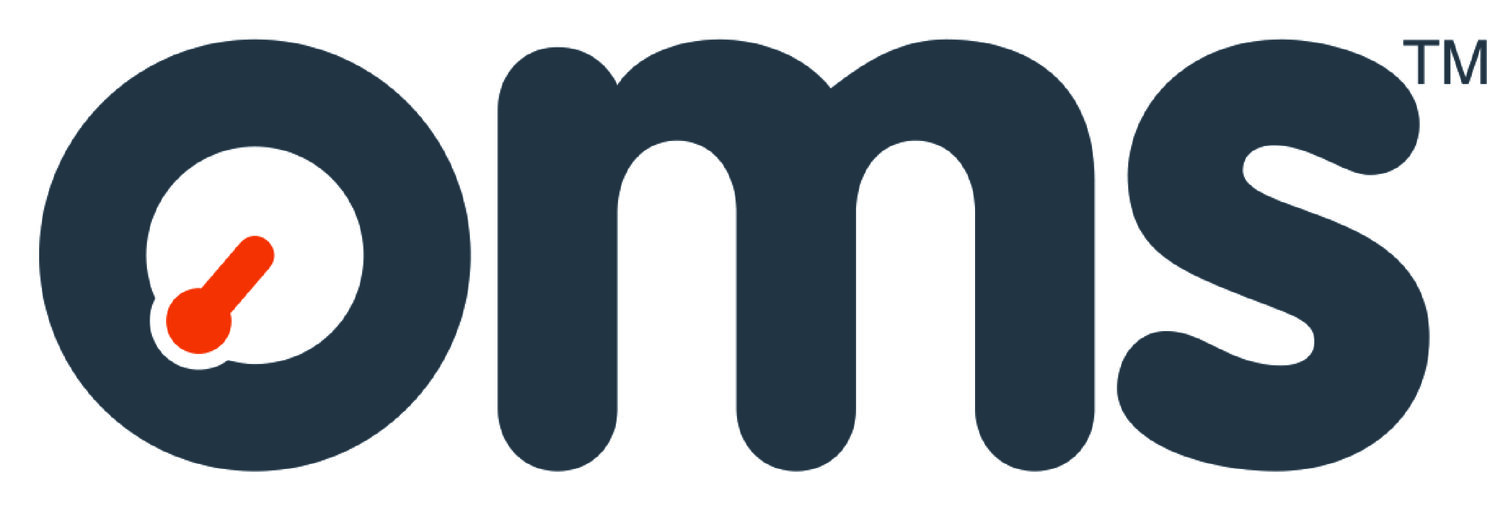How to measure pipe straightness
Why is pipe straightness important?
When building pipelines straightness matters because straight pipelines are more fatigue-resistant, safer and will last longer. In an earlier blog we mentioned that pipes are never completely round. They are also never completely straight. Bending, sag and end hooking can occur in all pipes and all can cause problems. Out-of-straightness pipes create difficulties at the spool base when a client has spent time and effort welding a pipeline that is bending and unable to spool evenly. Bent pipes can also cause problems on J-lay vessels, which at around $500k per day has serious financial ramifications for operators, and when welding, which depends on pipes fitting together perfectly.
Why are pipes not straight?
There are two forms of pipe manufacture – hot and cold – and both cause pipes to be out-of-straightness. Cold-form fabrication methods include UOE, spiral, HFI/ERW and longitudinally pressed. Longitudinal welding can cause pipes formed by the UOE method, for example, to be out-of-straightness by 20mm or more. Hot-formed pipes are usually seamless, formed when a red-hot billet is used to pierce a piece of steel, and are susceptible to end hooking, where the end of the pipe bends, because the pipe is less rigid when heated.
Out-of-straightness can occur in a small region, such as end hooking, or over the entire length of the pipe.
Pipe sag
Depending on their material, size and wall thickness, pipes can also sag under their own weight. It is sometimes difficult to distinguish between out-of-straightness and sag. When measuring straightness sag should be estimated and taken into account; provisions to ensure self-weight does not affect the measurement outcome should be agreed before measuring starts. Once in place, a pipeline must be properly supported to prevent pipe sag causing problems.
How to measure pipe straightness
Accurate measurement depends on first identifying a datum – an imaginary line between the two pipe ends. Operators will need to choose a method of constructing a straight line in space – the most common are thin, taut lines stretched between the pipe ends or laser/optical lines.
How to measure pipe straightness – the methods
Taut line method
Taut line method
In this measurement method spacer blocks are mounted at each end of the pipe and a strong, lightweight wire or string is pulled tight between them. The distance is measured and the difference between the length of the pipe and the length of the line calculated. Although this method is in common use in pipe mills there are some drawbacks. For example, there may be unknown line sag – this can be countered by measuring the pipe along its side where gravity will not have an effect. Taut line measuring also does not work well out of doors where the line is subject to air movement. It is not suitable for pipes longer than twelve metres and it can be difficult to measure double joints.
Laser straightness measuring tools
Laser straightness tool
A laser is mounted at one end of a pipe, at a fixed distance from the pipe wall and can be steered by elevation and yaw adjustment. Light travels in a straight line so the laser beam creates a perfect reference line in space – an ideal virtual straight-edge. Once mounted, the laser is aligned with a target mounted at the other end, which can measure out-of-straightness directly as it moves along the straight laser line.
Collimator
Collimator
A collimator is a telescope focused at infinity. Light entering the front lens and passing to the eye through the cross-hairs is considered to be parallel and the effect is the same as creating a thin, straight line in space. Auto-collimators combined with a mirror that returns an image of the cross-hairs to the collimator make a particularly powerful combination – but these tools are typically used in high-end metrology or setting out-of-structure for buildings.
Telescope
Telescopes operate in a similar way to collimators. Central cross-hairs are mounted and moved to various positions. A target with a gradated rule is moved along the pipe and the difference between the pipe and the rule measured to calculate the out-of-straightness directly. This method is not always suitable for pipe mills because the magnification level required means a telescope is too sensitive for the purpose.
Other equipment
Other straightness-measuring equipment includes theodolites, surveying instruments and laser trackers. In general these are too sophisticated and expensive for normal pipe mill operations.
Measuring end hooking
End hooking can be measured with a straight-edge manufactured to a particular specification such as DIN866. Bespoke laser tools are more accurate – the OMS end-hooking tool is accurate to within ±0.15mm. You can read more about our end hooking tool here.
How to choose the best measuring method
When choosing the best method for measuring pipe straightness the following should be taken into consideration:
How accurate is the equipment?
What are the common human errors associated with its use?
How easy is it to use?
What is the measurement speed?
What is the capacity to store results?
Is the equipment traceable to national and international standards?
How frequently is it checked and verified?
Is it suitable for the intended application
Measuring pipe straightness means straighter pipes, stronger welds and better pipeline integrity. For more information on the OMS pipe measurement and inspection services click here.
Find this article useful? Sign up for more here!
Updated 29.03.2023
[5 minute read]



